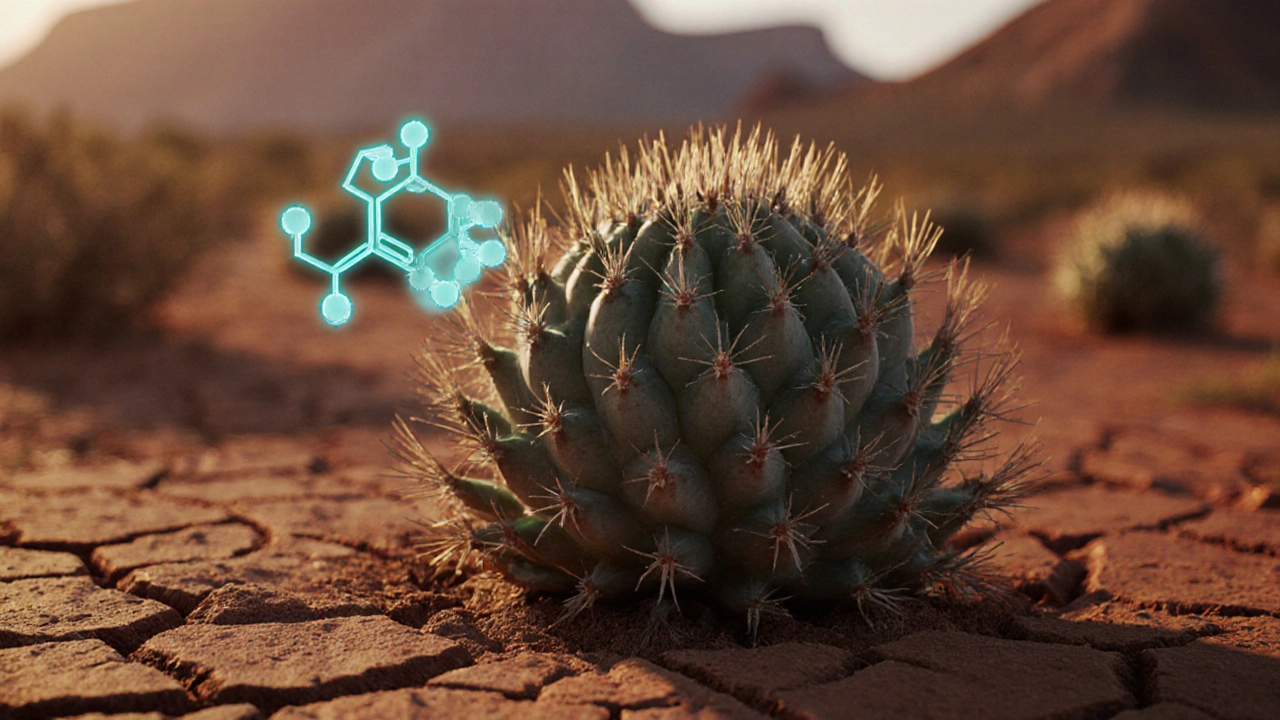
Hoodia vs Other Appetite Suppressants: A Detailed Comparison
A side‑by‑side look at Hoodia versus six popular appetite suppressants, covering how they work, efficacy, safety, cost and which is best for different weight‑loss goals.
Hoodia vs Garcinia, a side‑by‑side look at two plant‑based appetite‑suppressing extracts. Also known as natural weight‑loss aides, it helps consumers decide which supplement fits their goals. The debate isn’t new: both extracts promise to curb hunger, but they come from very different plants and work in distinct ways. Hoodia gordonii, a succulent from the Namib desert, relies on a molecule called P57 to signal the brain that the stomach is full. Garcinia cambogia, a tropical fruit, contains hydroxycitric acid (HCA) that blocks an enzyme involved in fat synthesis and may also affect serotonin levels to reduce cravings. Understanding these mechanisms is the first step toward choosing a supplement that matches your lifestyle.
When you compare hoodia vs garcinia, three major attributes come into play: source, dosage, and evidence. Hoodia is harvested from a cactus‑like plant, often processed into capsules or powders. Typical doses range from 100 mg to 300 mg of standardized extract per day, but the market is littered with low‑quality products that contain little or no P57. Garcinia cambogia is a fruit rind that’s dried and powdered; most studies use 500 mg to 1 g of HCA per day, split into two doses. Both supplements claim safety, yet clinical trials show mixed results—hoodia has occasional reports of blood‑pressure spikes, while garcinia may cause digestive upset or interact with certain antidepressants. The quality of the raw material, the presence of standardization, and third‑party testing are decisive factors that influence both efficacy and safety.
Beyond the two plants, the broader category of appetite suppressants shapes how each extract is used. The sector includes prescription drugs, over‑the‑counter fibers, and other botanicals like green tea extract or caffeine. Appetite suppressants influence weight‑management outcomes by reducing caloric intake, but the long‑term impact varies. For instance, a meta‑analysis of HCA showed modest weight loss (about 2 kg over 12 weeks) when combined with diet, while P57‑based hoodia studies often fail to demonstrate significant changes beyond placebo. This discrepancy highlights why clinical evidence determines safety profile and guides regulatory status; hoodia remains unapproved in many countries, whereas garcinia enjoys a more permissive market presence despite ongoing safety debates.
Practical considerations also matter. If you’re already on medication for blood pressure, diabetes, or mood disorders, you’ll want to check for potential interactions. Hoodia’s effect on cortisol and heart rate means it may not be suitable for people with cardiovascular concerns. Garcinia’s influence on serotonin pathways suggests caution for anyone using SSRIs or MAO inhibitors. Lifestyle fit is another angle: hoodia’s once‑daily dosing suits a simple routine, while garcinia’s split dosing may align better with meals. Cost is a reality check too—high‑purity hoodia extracts command premium prices, whereas garcinia supplements are widely available at lower price points, though quality can vary.
Ultimately, the choice between these two extracts boils down to what you value most: a plant with a clear traditional use but limited scientific backing, or a fruit‑derived compound with more research yet mixed safety reports. Below you’ll find a collection of articles that dive deeper into natural supplements, drug comparisons, and health‑focused guides. Whether you’re hunting for dosage tables, side‑effect checklists, or the latest clinical findings, the posts ahead give you the practical insight you need to make an informed decision.

A side‑by‑side look at Hoodia versus six popular appetite suppressants, covering how they work, efficacy, safety, cost and which is best for different weight‑loss goals.